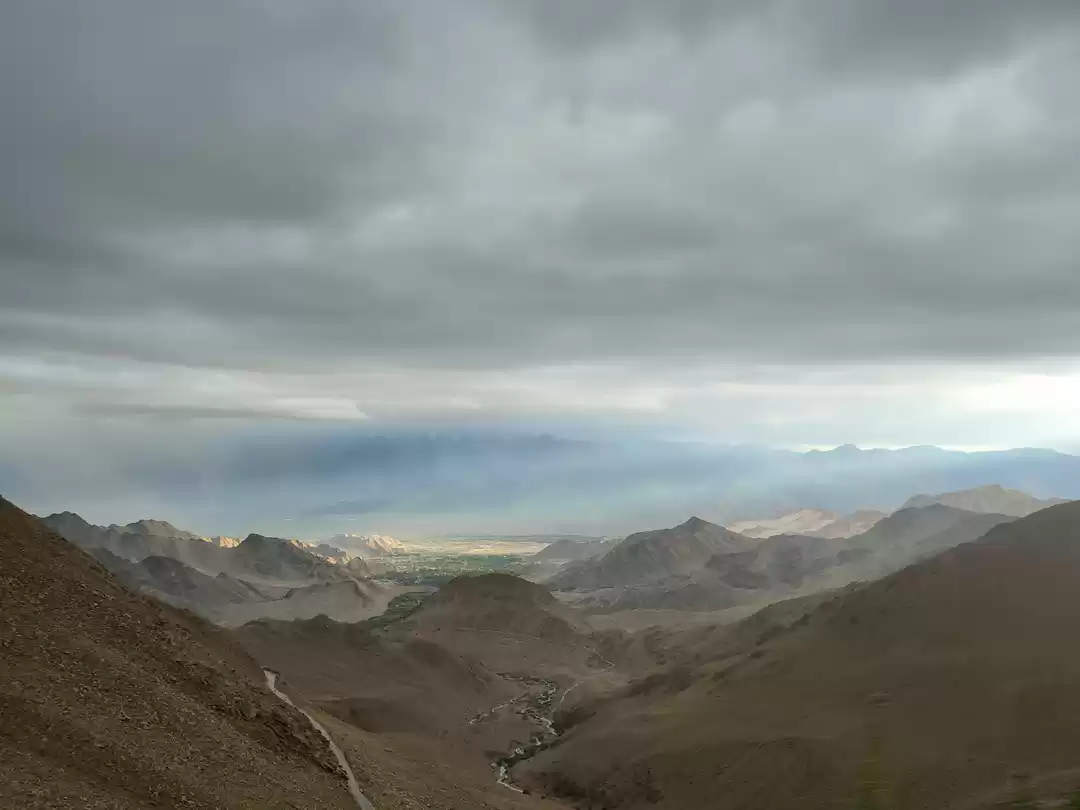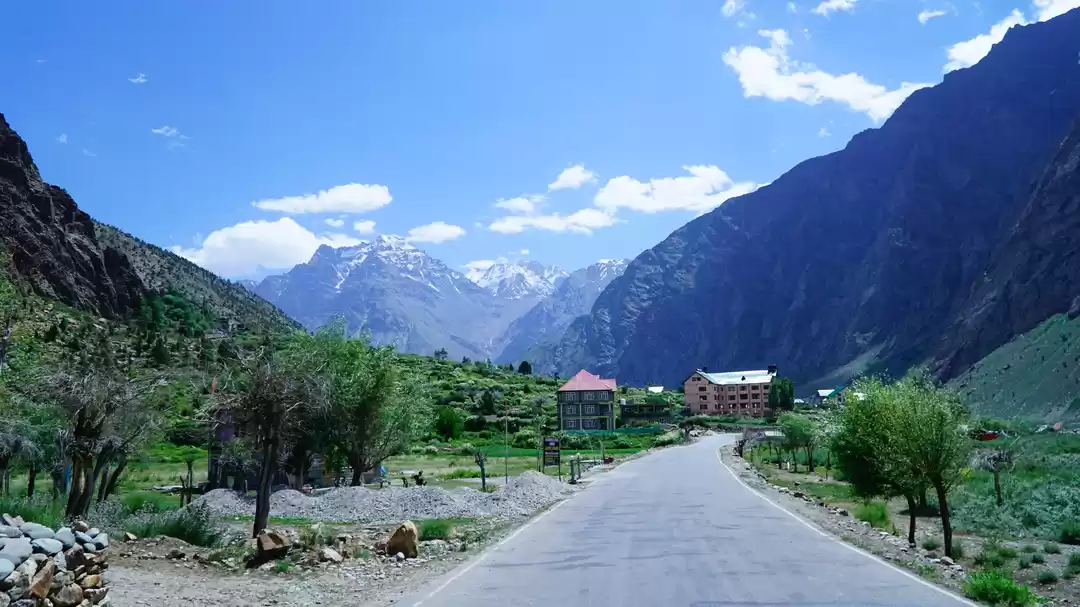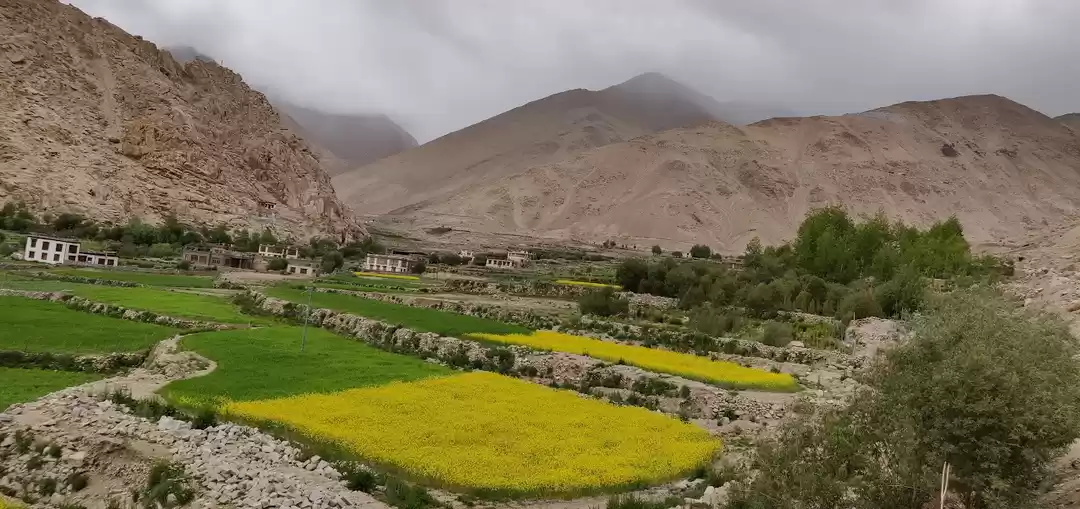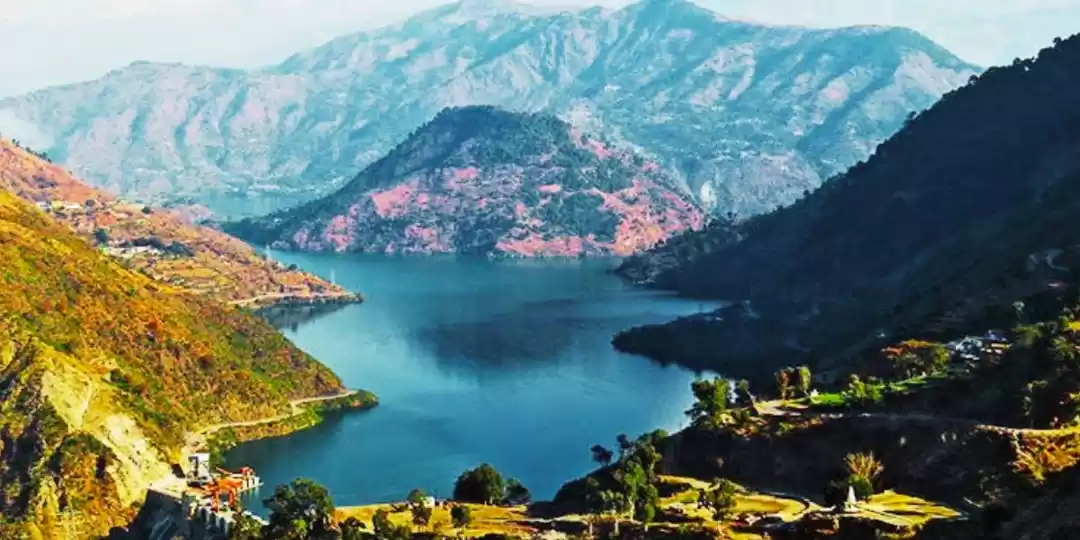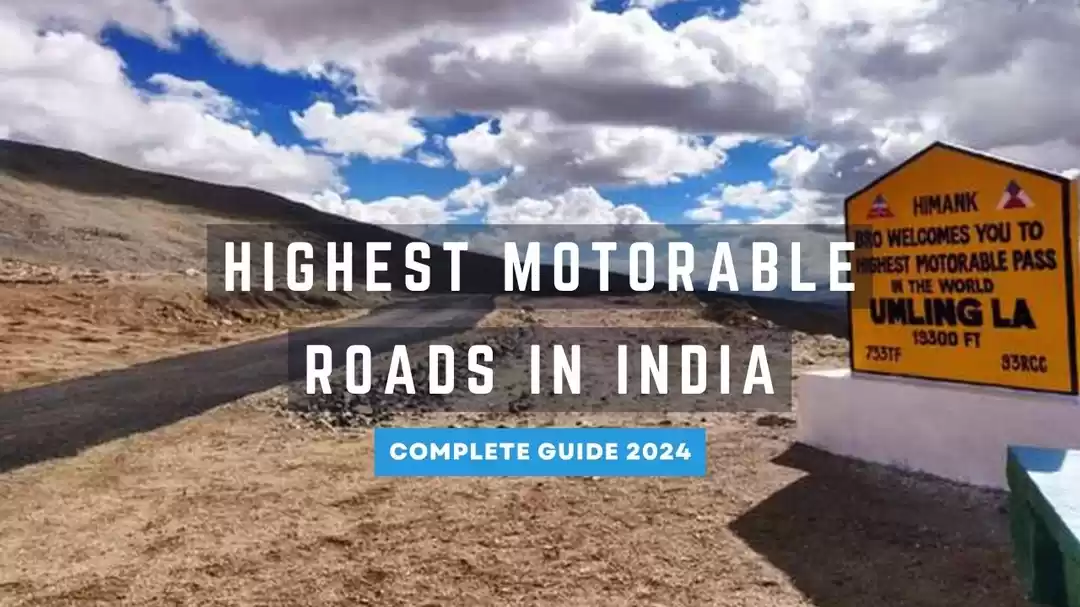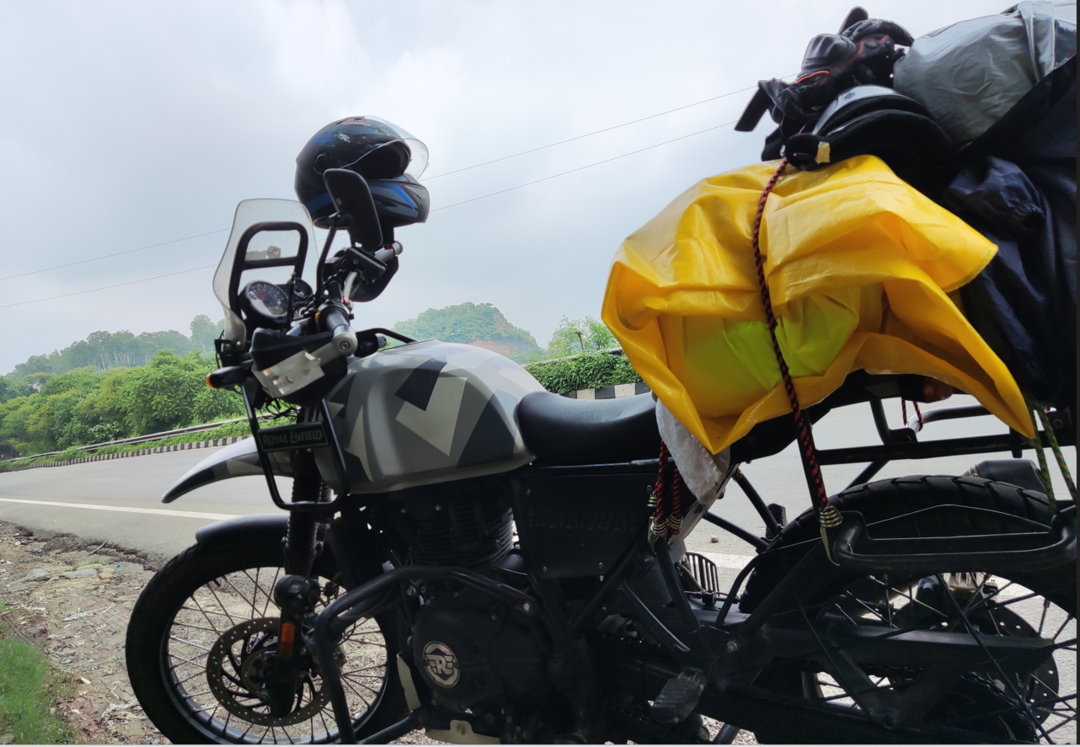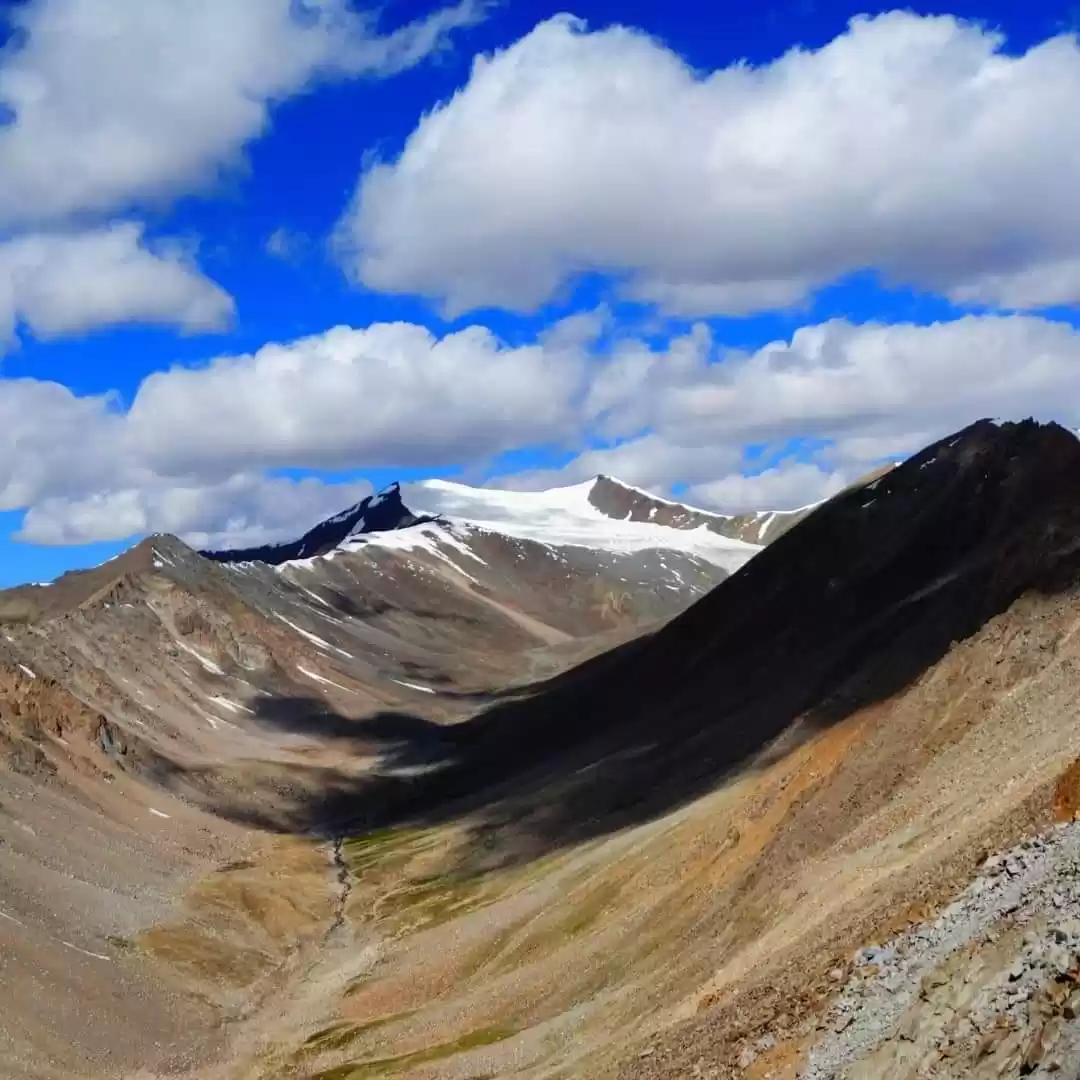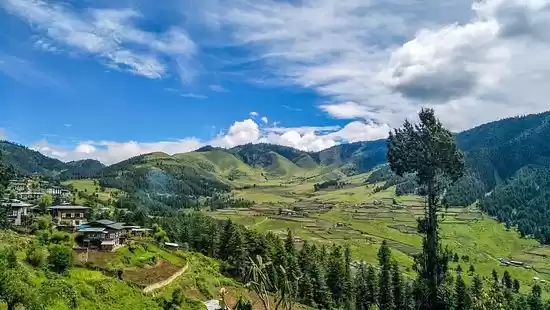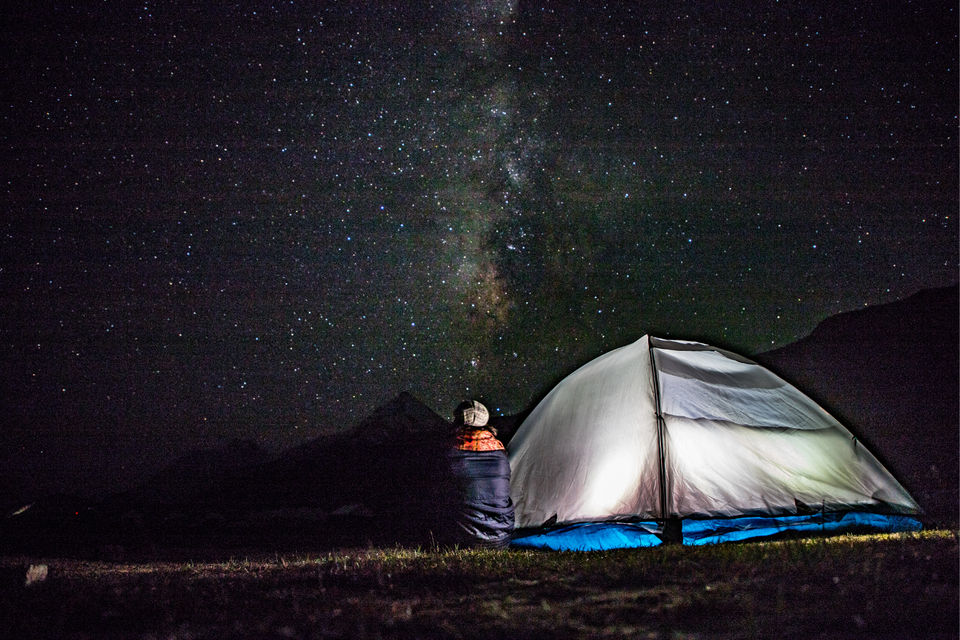
Spiti Valley is a remote and mesmerizing region located in the northeastern part of Himachal Pradesh, India. Known for its rugged landscapes, high-altitude desert, ancient monasteries, and rich Tibetan culture, Spiti Valley has become a popular destination for adventure enthusiasts and those seeking an off-the-beaten-path experience. Here's an overview of Spiti Valley:
Geography and Location: Spiti Valley is situated in the Himalayas at an average altitude of over 4,000 meters (13,000 feet) above sea level. It is surrounded by towering snow-capped peaks, barren mountains, and deep valleys. Spiti is often referred to as a "Middle Land" between India and Tibet, as it shares its northern border with Tibet.

Landscape and Natural Beauty: Spiti Valley offers breathtaking landscapes characterized by stark mountains, vast barren stretches, and deep gorges. The region is dotted with small villages and monasteries that seem to blend seamlessly with the surroundings. The Spiti River, originating from the Kunzum Range, flows through the valley, adding to its natural beauty.
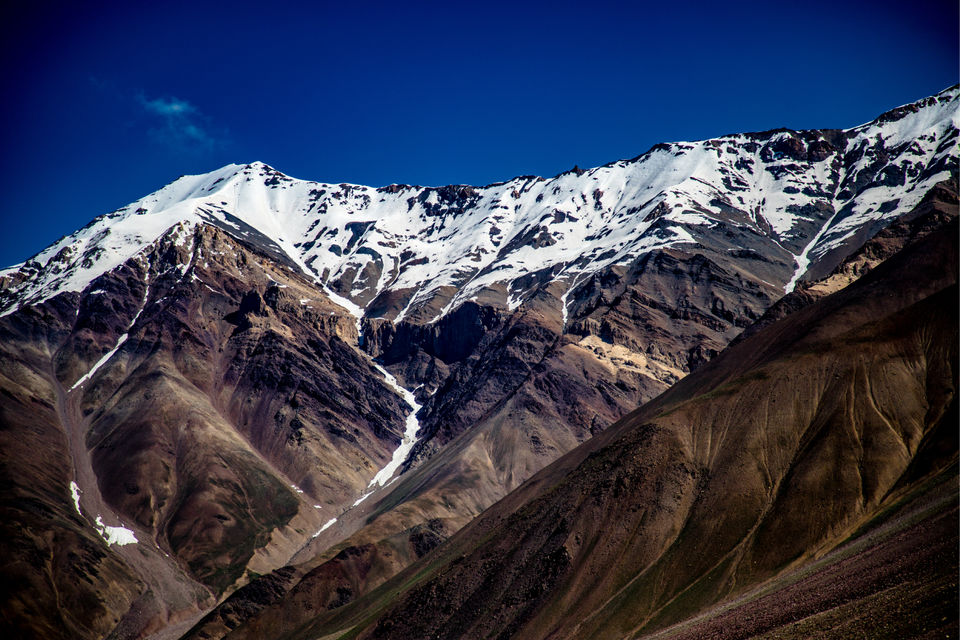
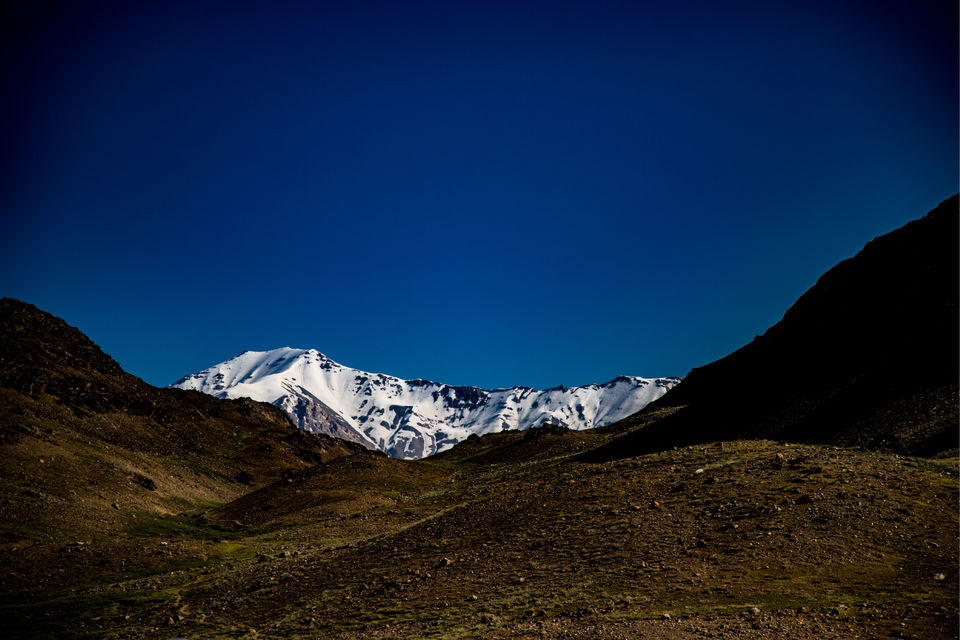
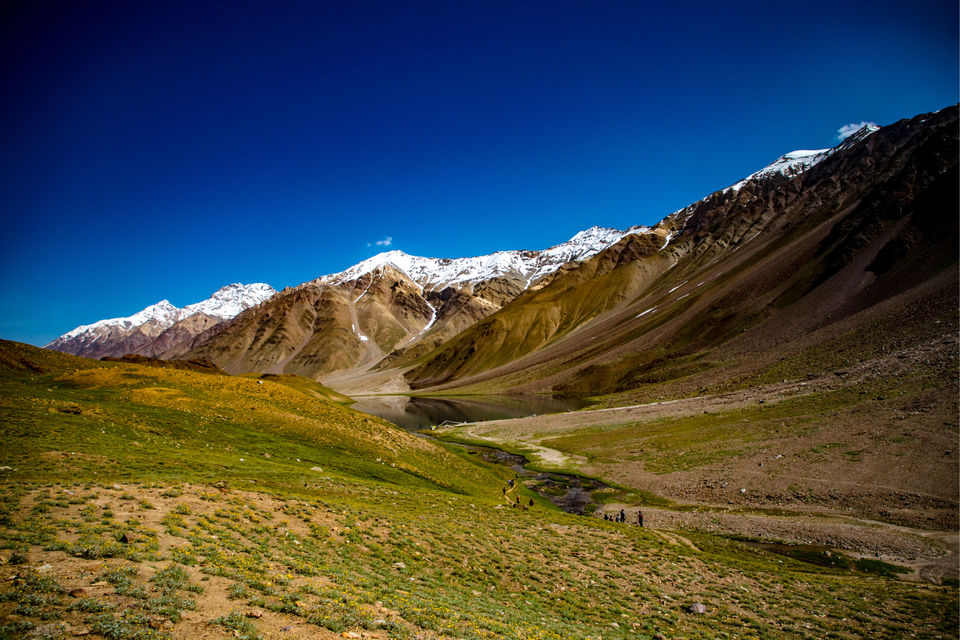
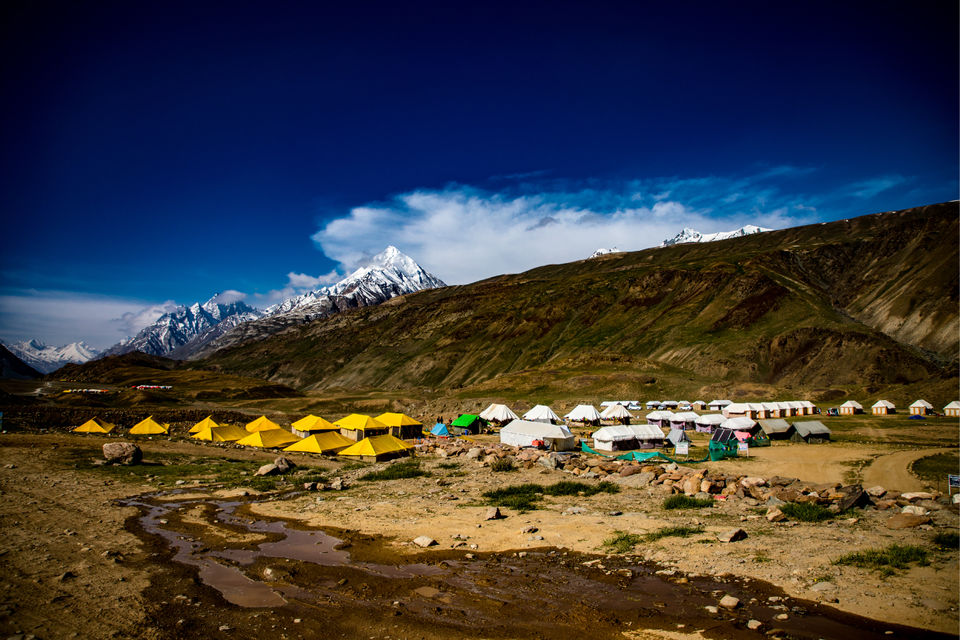
Monasteries and Cultural Heritage: Spiti Valley is renowned for its ancient Buddhist monasteries, which serve as important cultural and spiritual centers. Some of the notable monasteries in the region include Key Monastery, Dhankar Monastery, Tabo Monastery (a UNESCO World Heritage Site), and Kungri Monastery. These monasteries showcase intricate artwork, murals, ancient manuscripts, and provide a glimpse into the rich Tibetan Buddhist heritage of the area.



Local Culture and Lifestyle: The culture of Spiti Valley is heavily influenced by Tibetan Buddhism. The people of Spiti, known as Spitian, have a distinct way of life, deeply rooted in their traditions and spirituality. Visitors to Spiti can witness colorful festivals, traditional dances, and rituals, gaining insights into the local culture and customs.
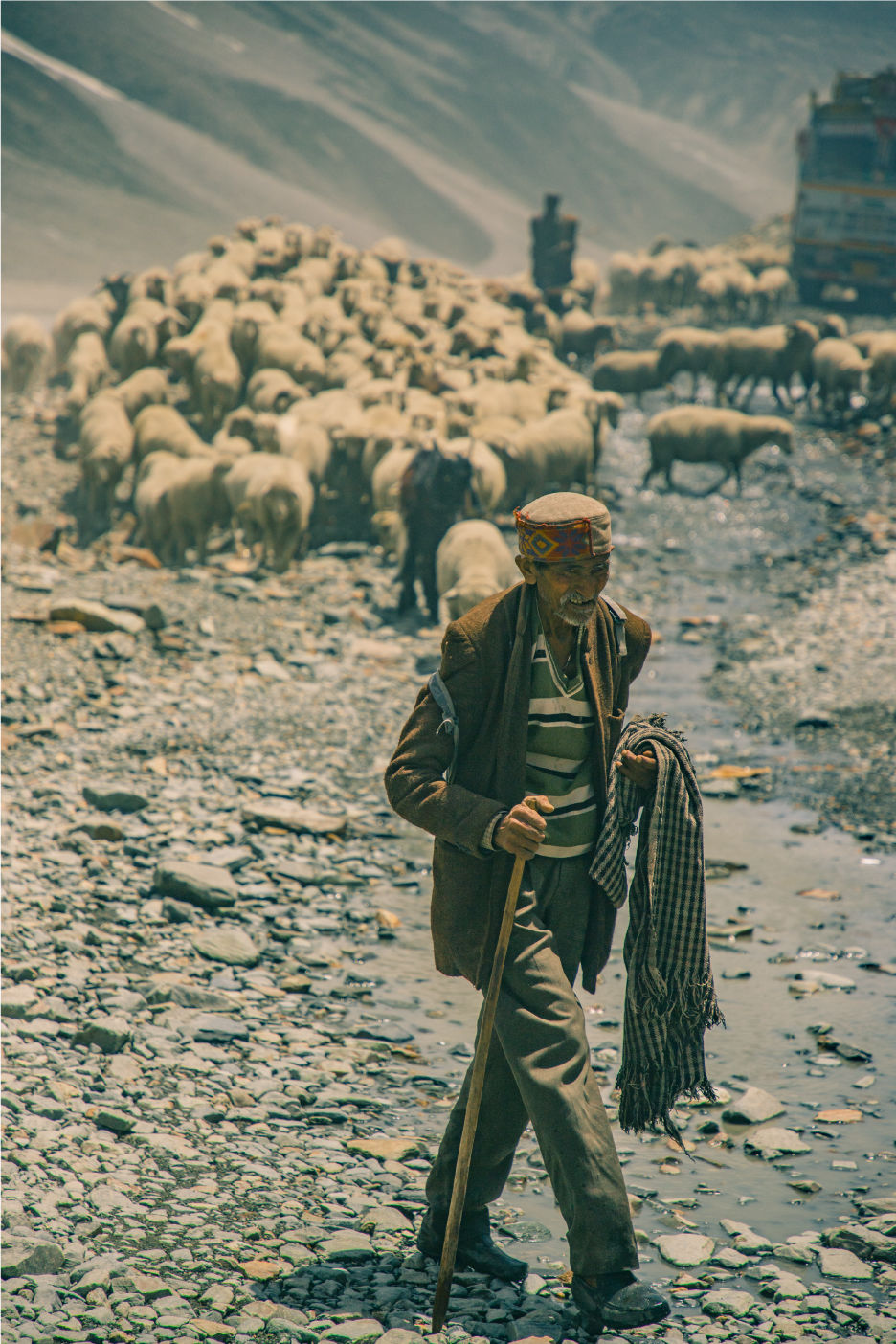
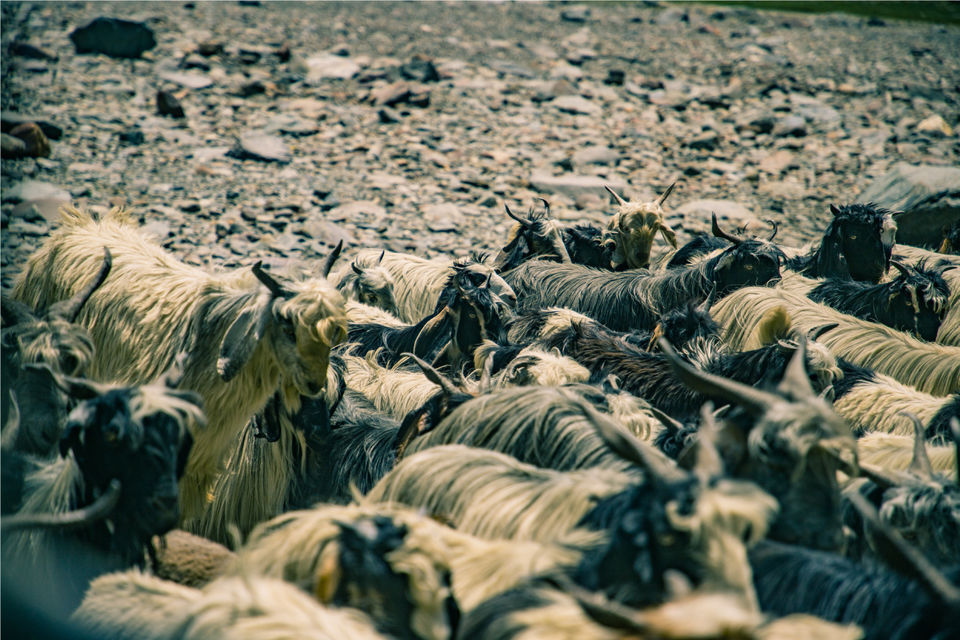
Adventure and Outdoor Activities: Spiti Valley offers a range of adventure activities for thrill-seekers. Trekking enthusiasts can explore popular routes like the Spiti Valley Trek, Pin Parvati Pass Trek, and Chandratal Lake Trek. The region is also popular for motorbike expeditions, allowing riders to traverse the challenging terrain and soak in the majestic landscapes. Wildlife enthusiasts can spot rare species like the Snow Leopard, Himalayan Ibex, and Tibetan Wolf in the protected areas of the valley.
Accessibility and Travel: Spiti Valley is accessible via two routes: one from Shimla through the Hindustan-Tibet Road (NH-5) and another from Manali via the Rohtang Pass. Both routes involve traversing high-altitude mountain roads, which remain open only during the summer months due to heavy snowfall in winter. It is advisable to check the road conditions and weather before planning a trip to Spiti Valley.
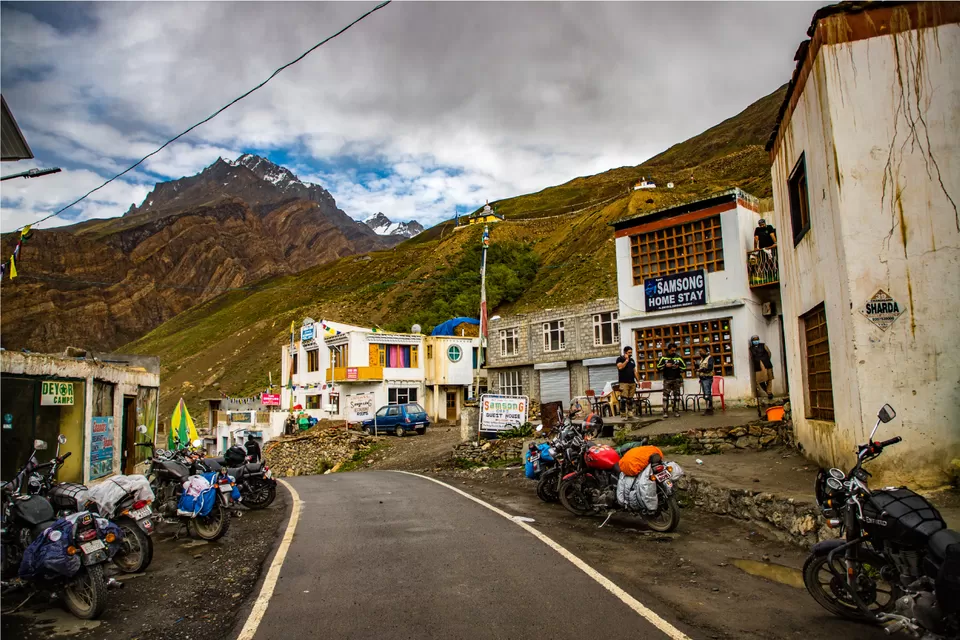

In summary, Spiti Valley is a captivating destination that offers stunning natural landscapes, ancient monasteries, and a unique cultural experience. Its remote and rugged appeal attracts travelers seeking solitude, adventure, and a deeper understanding of Tibetan culture.




















